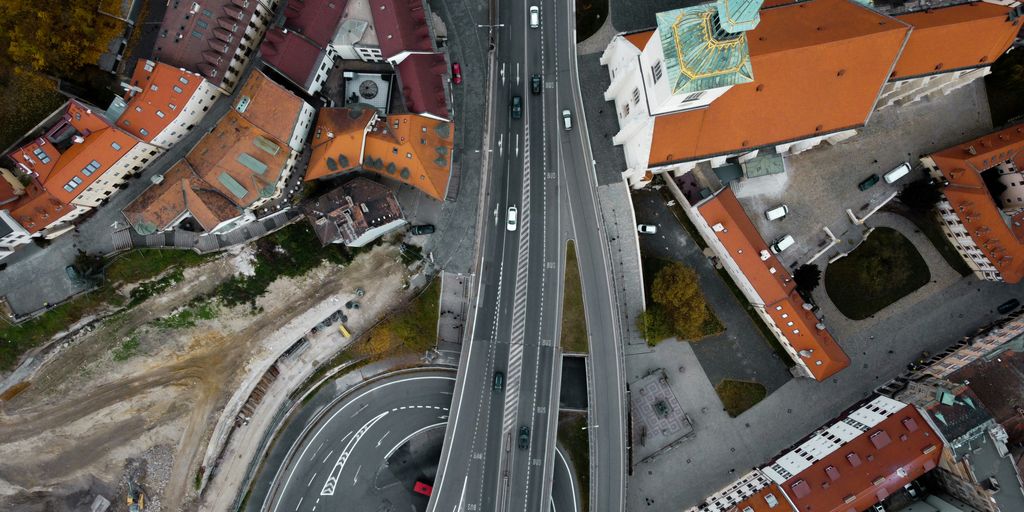
Why Drones Are Essential for Modern Aerial Photography. The advent of drones has revolutionized image capture by making it more convenient and cost-effective for everyone interested in photography to explore this unique perspective.
Key Points to Remember
Aerial photography has become affordable and accessible thanks to drones.
Photographers can capture angles and perspectives that are unique and not achievable through traditional methods.
Today, drones have top-notch cameras that capture breathtaking photos and videos.
Photographers can minimize safety concerns by utilizing drones in certain locations.
Various sectors, such as estate and tourism, extensively employ drones for tasks like wildlife monitoring.
The Evolution of Aerial Photography
Old school. Their Constraints
Throughout history, photography traditions have roots in techniques like hot air balloons, kites, and light aircraft for capturing images from above ground level. However, these methods were often costly, requiring skilled pilots to operate them safely under challenging circumstances. This made them accessible only to a select few due to the expensive operational costs and the risks involved in navigating such conditions.
Introducing Drones.
The use of drones has revolutionized the field of photography as we know it today. Drones are remotely controlled aircraft equipped with advanced cameras that capture high-resolution images. This innovation has made photography accessible to a broader audience, eliminating the need for costly equipment or extensive training. The accessibility of photography has opened up new possibilities for both enthusiasts and professionals to explore innovative creative ventures.
Impact on Accessibility and Affordability
The rise of drone technology has significantly lowered the costs associated with aerial photography. Drones eliminate the need for hiring pilots and renting aircraft, making aerial photography more affordable for small businesses and independent photographers. This shift has led to a surge in the number of individuals capturing breathtaking views, as the barriers to entry have been significantly reduced.
The evolution of aerial photography reflects a broader trend towards accessibility and innovation, allowing more people to experience the world from above.
Technological Advancements in Modern Aerial Photography

High-Resolution Imaging Capabilities
Modern drones have high-resolution cameras that can capture stunning images and videos. These cameras often rival traditional aerial photography, providing exceptional detail and clarity. The ability to shoot in 4K or higher has become standard, making drones a preferred choice for many photographers.
Features for stabilizing and controlling flight.
Advanced stabilization technology in drones ensures video capture even in windy weather conditions, utilizing features such as GPS tracking and automated flight routes for precise control.
Exploring the fusion of AI technology with generation (5g) connectivity.
AI has advanced drone photography by enabling real-time scene analysis and automatically optimizing image settings in-flight. This innovation pairs seamlessly with the swift data transfer capabilities of 5th-generation technology, which facilitates rapid uploads and live streaming of aerial footage.
These technological advancements have transformed drones into tools for contemporary photographers by offering previously exclusive features that were once only available through costly conventional techniques.
| Feature | Traditional Methods | Drone Technology |
|---|---|---|
| Cost | High | Low |
| Accessibility | Limited | Widespread |
| Image Quality | Variable | High |
| Safety | Moderate | High |
| Flight Control | Manual | Automated |
Cost-Effectiveness and Accessibility

Decrease in Operating Expenses
The utilization of drones has reduced the expenses associated with aerial photography services. Previously, conventional approaches typically demanded aircraft and trained pilots, rendering them financially out of reach for numerous individuals. Conversely, drones can be maneuvered at a lower expense, thereby increasing the affordability of aerial photography to a broader range of people.
Cost-effectiveness for Small Enterprises and Enthusiasts
Small businesses and hobbyists are leveraging drones to explore possibilities at a more affordable price than ever before. They are now able to delve into aerial photography without spending a fortune. This change has enabled them to improve their marketing strategies and distinctively present their products.
Eliminating the need for pilots and crew personnel.
One significant benefit of drone technology is that it eliminates the requirement for an entire team to be present. This not only lowers expenses but also simplifies the capture of aerial images. Now, photographers can control drones themselves, which makes the workflow more efficient and provides greater flexibility for creativity.
The advancement of drone technology has significantly changed how aerial photography is conducted today, making it easier to access and more affordable than in the past.
| Factor | Traditional Methods | Drone Methods |
|---|---|---|
| Equipment Cost | High | Low |
| Need for Pilots | Yes | No |
| Accessibility | Limited | Widespread |
| Operational Complexity | High | Low |
Flexibility and Creative Freedom

Maneuverability in Tight Spaces
Drones are known for their ability to navigate through narrow areas, making them ideal for capturing shots in urban environments or dense forests. This flexibility allows photographers to explore locations that would be difficult or impossible to access with traditional methods.
Capturing Unique Angles and Perspectives
With drones, photographers can achieve stunning bird’s-eye views and unique angles that were once limited to expensive aerial vehicles. This capability unlocks new creative possibilities, enabling innovative compositions that enhance storytelling.
Applications in Various Photography Genres
Drones have found their place in multiple photography genres, including:
- Real Estate: Offering potential buyers a comprehensive view of properties.
- Nature and Wildlife: Minimizing disturbance to animals while capturing their habitats.
- Events and Weddings: Providing a fresh perspective on gatherings and celebrations.
The use of drones in photography not only enhances creativity but also allows for experimentation with different styles and techniques, leading to a richer visual narrative.
In summary, the flexibility and creative freedom offered by drones have transformed the landscape of aerial photography, enabling photographers to push the boundaries of their craft.
Safety and Reduced Risk
Minimizing Human Involvement in Hazardous Areas
Drones have significantly improved safety in aerial photography. By allowing photographers to operate remotely, the risks associated with capturing images in hazardous locations are reduced considerably. This shift has made photographing in rugged terrains and hazardous sites safer.
Enhanced Safety for Photographers
Using drones means that photographers no longer need to enter risky areas physically. This protects the photographers and ensures the equipment is less likely to be damaged. Drones can be flown over challenging environments, capturing high-quality images without putting anyone in harm’s way.
Regulatory Compliance and Licensing
To ensure safety, regulations are in place for the operation of drones. Photographers often need to obtain licenses and adhere to specific guidelines. This compliance helps maintain safety standards in the industry, ensuring that drone usage is both responsible and effective.
Drones have transformed commercial aerial photography by enhancing safety, reducing costs, and providing unique perspectives.
| Aspect | Traditional Methods | Drone Methods |
|---|---|---|
| Human Presence Required | Yes | No |
| Risk of Injury | High | Low |
| Equipment Damage Risk | High | Low |
| Compliance Requirements | Varies | Standardized |
Industry Applications of Drone Photography

Real Estate and Property Development
In the real estate sector, drones have become essential for capturing stunning aerial images of properties. This technology enables potential buyers to view a property’s entire layout and surroundings from above, thereby enhancing listings and attracting more interest. Aerial photography can significantly accelerate sales by offering a unique perspective that traditional photography cannot provide.
Observing and tracking wildlife and environmental conditions
Using drones is also common for observing wildlife and monitoring the environment without disrupting animals in their habitats by taking photos and videos from a distance. Do you want me to continue?
Travel and Entertainment Industry
In the field of tourism, aerial photography plays a crucial role in advertising travel destinations by showcasing stunning aerial views of scenic landscapes and famous landmarks to attract tourists. Likewise, filmmakers use drones in media production to capture captivating footage that adds depth and excitement to storytelling. This innovation has revolutionized the creation of films and documentaries, providing an affordable alternative to conventional aerial filming techniques.
The use of drones has revolutionized how various sectors utilize photography, making it easier to access and more adaptable than in the past.
| Industry Application | Benefits |
|---|---|
| Real Estate | Unique property views, faster sales |
| Wildlife Monitoring | Non-intrusive observation, data collection |
| Tourism | Enhanced promotion, stunning visuals |
| Media Production | Dynamic shots, cost-effective filming |
Future Trends in Drone Technology
Advancements in Camera and Sensor Technology
Enhanced camera capabilities are expected to shape the future of drone photography. Drones will likely be equipped with cameras that offer higher resolutions and better performance in low-light conditions. This will enable more detailed and vibrant images, making aerial photography even more appealing.
Improved Battery Life and Flight Time
As battery technology continues to advance, longer flight times are anticipated. This will enable photographers to capture more footage without needing to land and recharge frequently. The potential for extended shooting sessions will significantly enhance the overall experience of aerial photography.
Potential for New Applications and Innovations
Integrating drones with AI and 5G technologies will open up new possibilities. For instance, AI-powered features may allow for automated flight planning and real-time data transfer. This could lead to innovative applications in various fields, including environmental monitoring and live event coverage.
The future of drone photography is bright, filled with technological marvels and creative opportunities.
In summary, drone technology trends are set to revolutionize aerial photography, making it more accessible and versatile. As these advancements unfold, both amateur and professional photographers will benefit from the enhanced capabilities and new opportunities offered by drones.
Conclusion
In a nutshell, drones revolutionized photography by simplifying and reducing costs for all involved. They empower photographers to capture top-notch photos and videos from inaccessible angles. Drones are indispensable in the real estate, construction, and wildlife photography industries. Although certain hurdles persist, such as mastering regulations and handling flight operations, the outlook appears promising. With technological advancements progressing, drones are poised to offer more excellent assistance, enabling photographers to capture distinctive perspectives and share narratives in fresh and innovative ways.
Frequently Asked Questions
What is drone photography?
Taking photos or shooting videos using a drone involves capturing imagery while operating a flying device. This allows for perspectives that offer views of inaccessible locations at ground level.
What impact have drones had on the field of photography?
Utilizing drones has simplified and lowered the cost for individuals to capture photographs compared to relying on costly planes or helicopters; now, anyone can use a drone to capture stunning imagery.
What advantages does utilizing drones offer in the field of photography? Uncrewed aerial vehicles offer an adaptable budget option that can effectively capture sharp images from various altitudes and locations, including those inaccessible by conventional means.
Is it considered safe to engage in drone photography?
Certainly! Drones can be safer than other approaches as they can navigate zones without jeopardizing human safety.
Which fields utilize photography captured by drones?
Various sectors utilize drone photography for multiple purposes, including showcasing wildlife habitats and monitoring animal behavior, evaluating tourist attractions, and supporting construction projects. Drones can also collect data and capture distinct perspectives on the surroundings.
What factors should I consider before starting drone photography?
First, familiarize yourself with the regulations governing the operation of drones in your area. Then, practice flying them and learn the techniques for capturing photos with your drone’s camera.
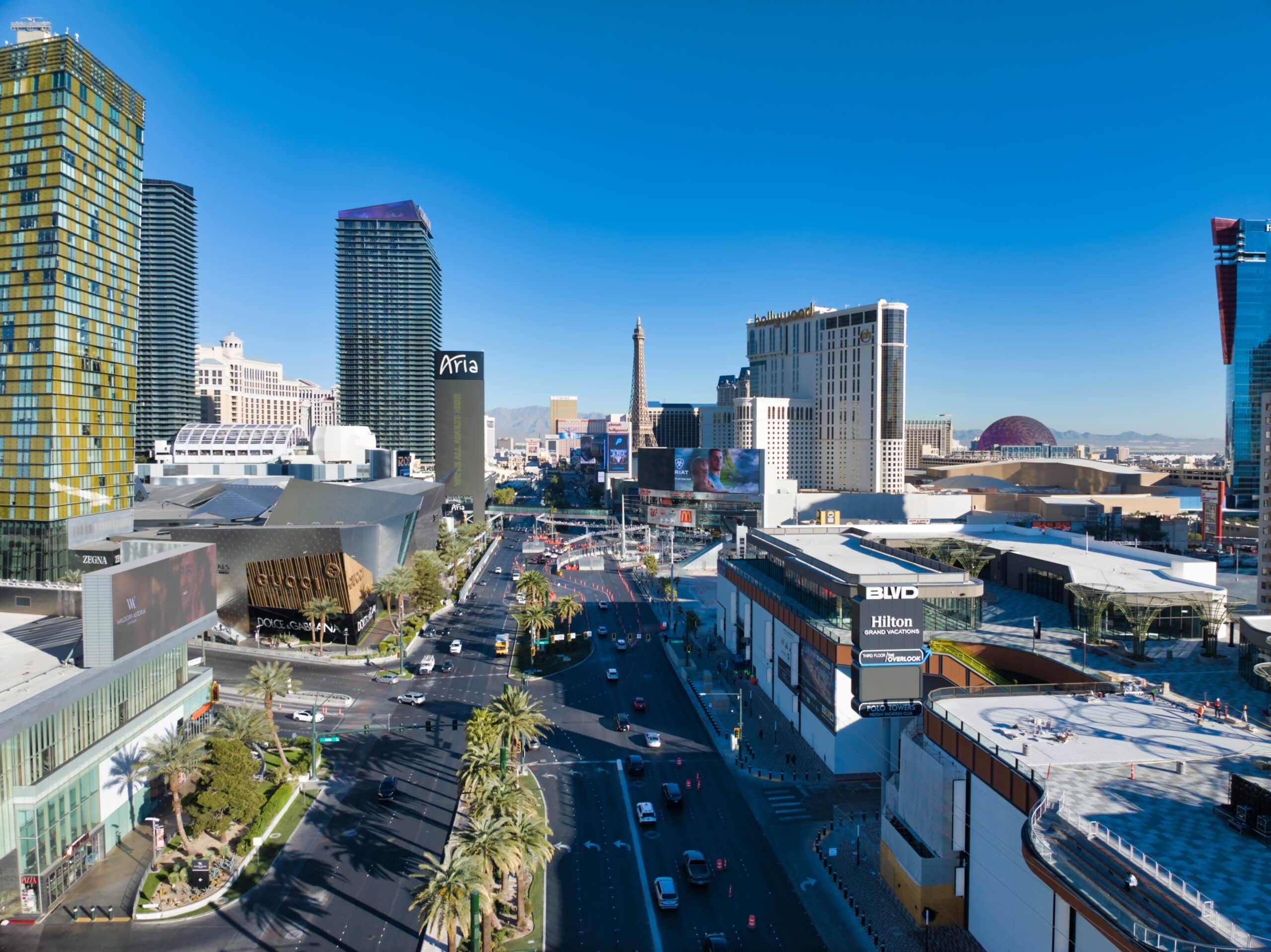
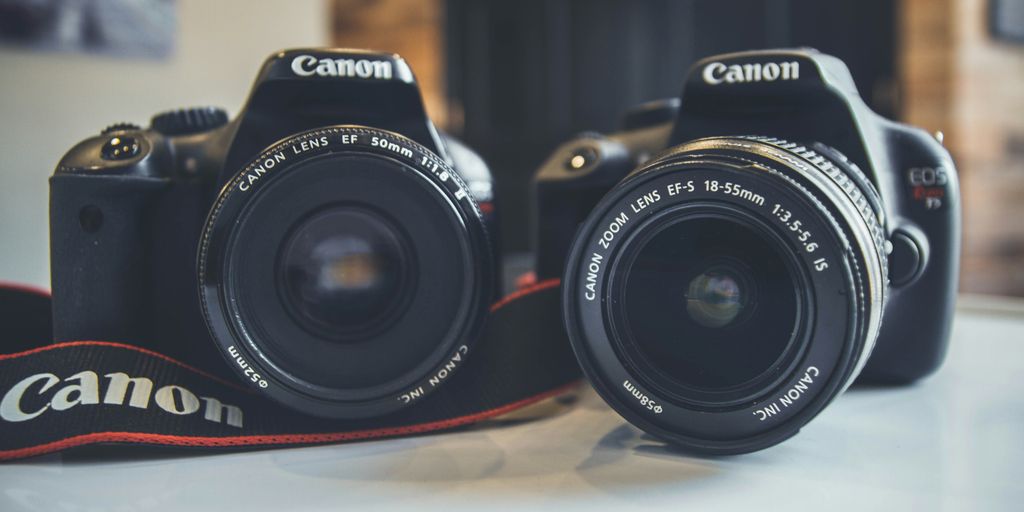
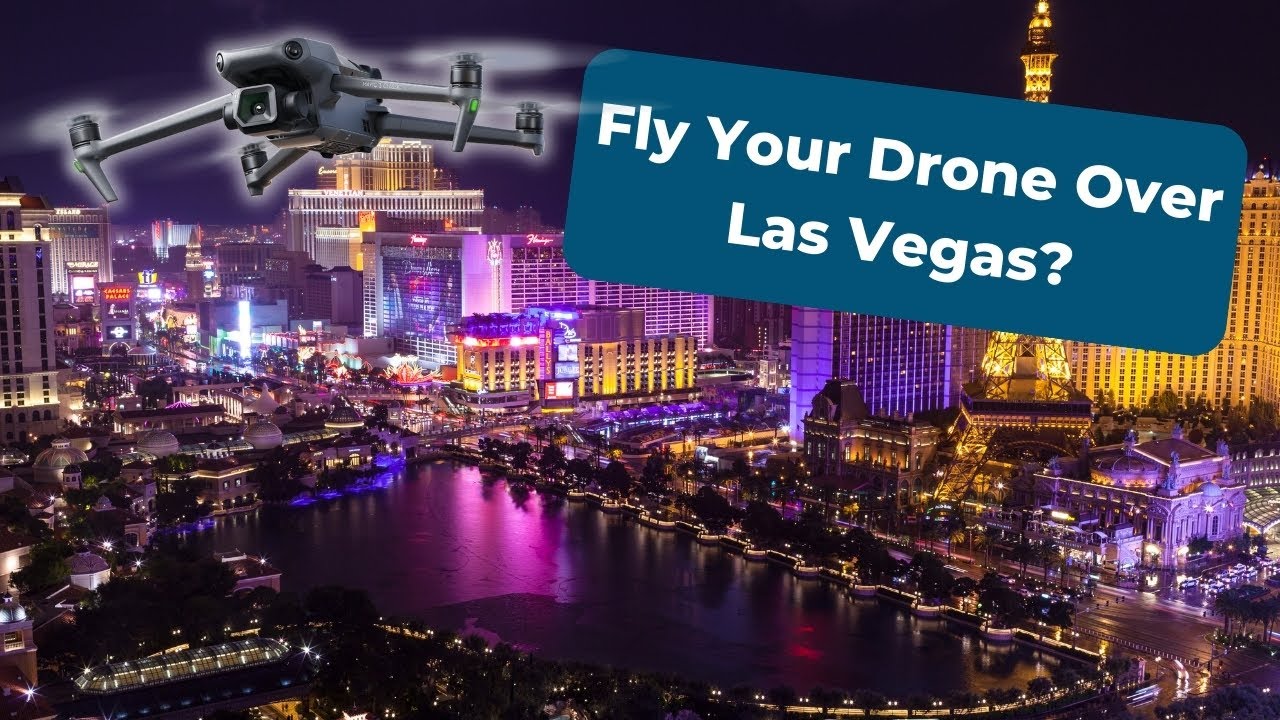
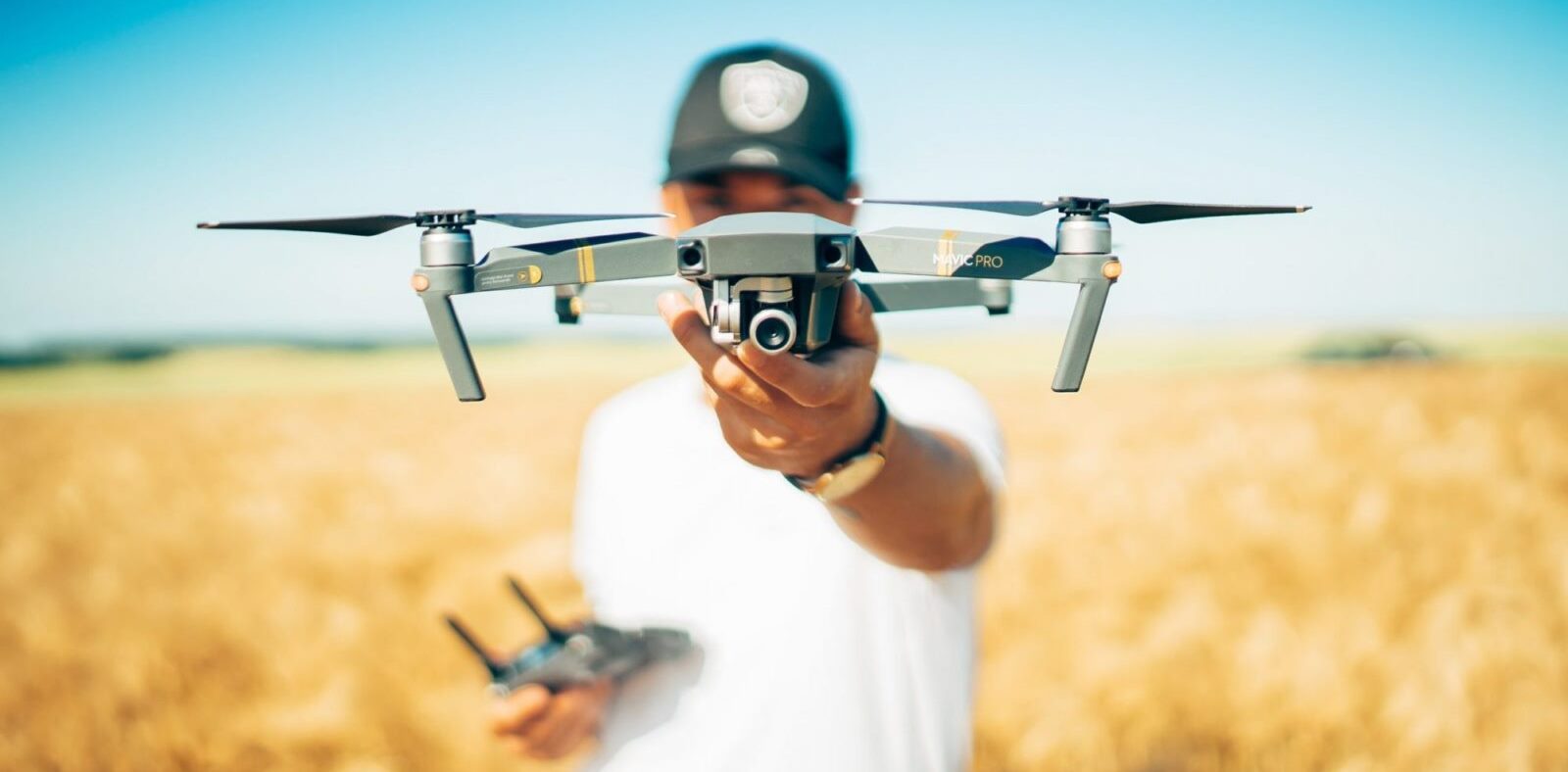

Comments are closed.